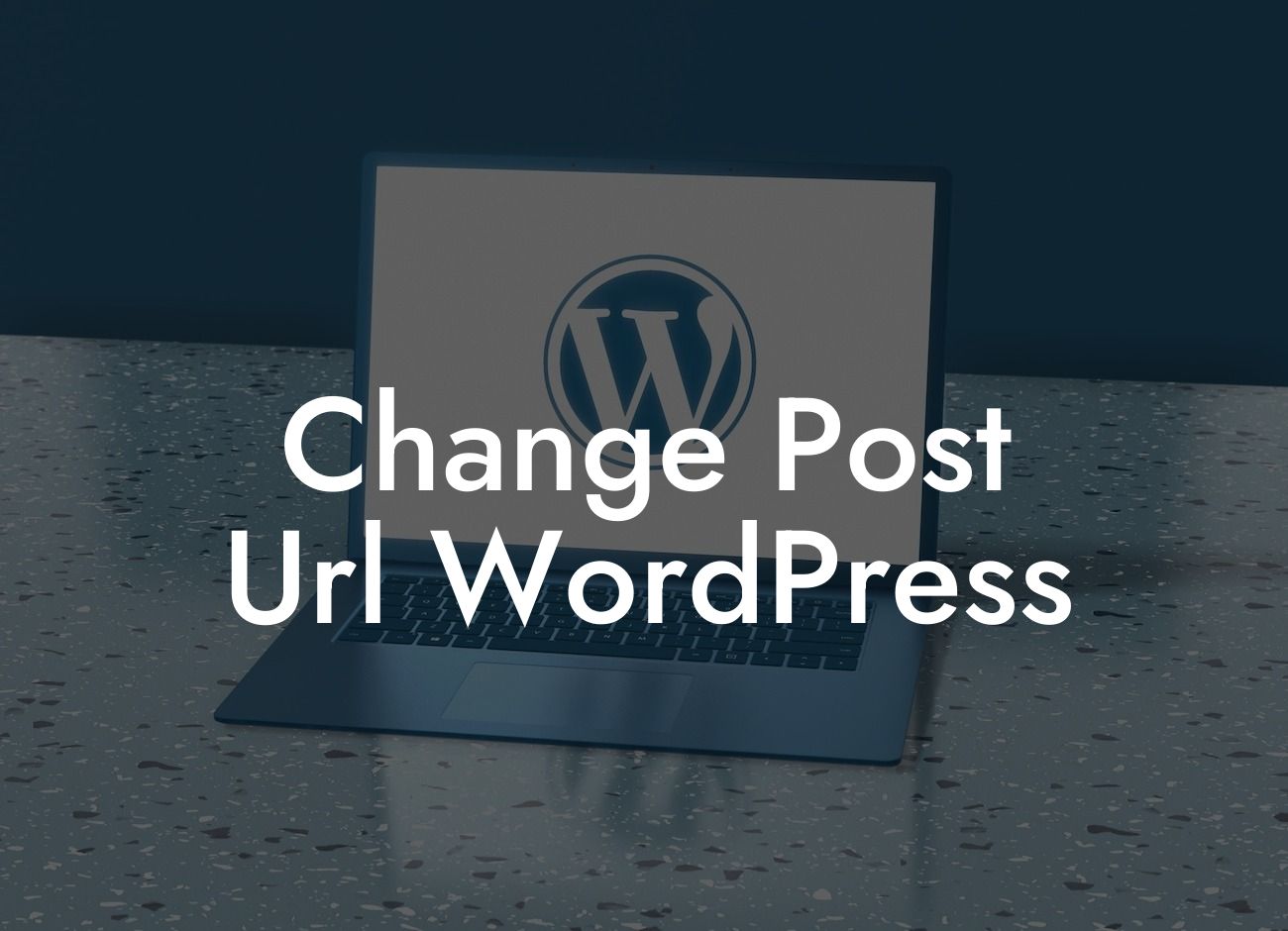Changing the URL of your WordPress posts can have a significant impact on your website's search engine optimization (SEO) efforts. It allows you to create more descriptive and keyword-rich URLs that not only improve your site's visibility but also make it more user-friendly. In this guide, we'll walk you through the step-by-step process of changing post URLs in WordPress, enabling you to enhance your online presence and boost your success. So, let's dive in and discover the power of URL customization!
Changing post URLs in WordPress requires a few simple yet crucial steps. Here's a detailed breakdown of the process:
1. Access the Permalink Settings:
Navigate to your WordPress dashboard and click on "Settings" followed by "Permalinks." This will take you to the Permalink Settings page, where you can customize your URL structure.
2. Select a URL Structure:
Looking For a Custom QuickBook Integration?
WordPress offers various URL structure options. The most recommended one for SEO purposes is the "Post name" structure. It uses the post's title as the URL slug, making it concise, readable, and keyword-rich.
3. Update Existing Posts:
After setting your preferred URL structure, you might want to update the URLs of your existing posts. Don't worry; WordPress makes this process quick and easy. Simply navigate to the "Posts" section on your dashboard, select the posts you want to update, and choose "Edit" in the bulk actions dropdown. Once you're in the editor, update the "Slug" field with a more relevant and SEO-friendly URL.
4. Handle Redirection:
Changing post URLs can result in broken links and negatively impact your site's SEO if not handled correctly. To ensure a seamless transition, you need to set up redirects from the old URLs to the new ones. The easiest way to do this is by using a redirection plugin like DamnWoo's Redirect Manager. It simplifies the process and ensures that your visitors are automatically redirected to the new URL when accessing the old one.
Change Post Url Wordpress Example:
Let's say you have a blog post titled "Top 10 SEO Tips for WordPress Websites" with the URL "https://example.com/?p=123". By changing the URL to "https://example.com/seo-tips-wordpress-websites", you not only make it more intuitive and user-friendly but also improve its chances of ranking higher in search engine results pages (SERPs). This small adjustment can have a significant impact on your website's visibility and organic traffic.
Congratulations! You've unlocked the power of changing post URLs in WordPress, taking a huge step towards maximizing your SEO efforts. By customizing your URLs, you enhance your website's visibility, improve user experience, and ultimately drive more traffic to your small business or entrepreneurial venture. Don't forget to explore other insightful guides on DamnWoo and try our awesome plugins to supercharge your online presence. Share this article with fellow entrepreneurs and keep evolving together!













